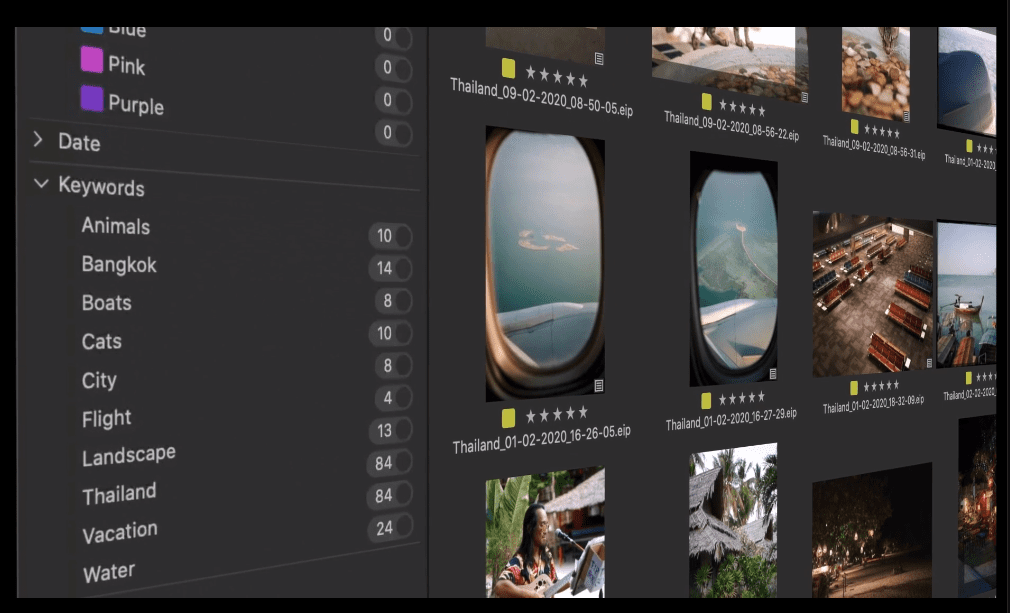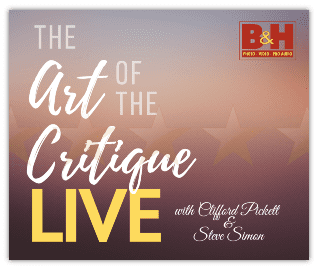One of my priorities on my recent Tokyo workshop was to visit the Nikon Museum, located at the corporate head office building for Nikon in the Shinagawa district of Tokyo.
The Shinagawa subway stop is one of the busiest in the world and if you venture out at rush hour it’s literally dangerous with waves of salary men and women walking purposely to work. Braving the danger, I made my way with my Nikon to the mothership to check out the display. I’m glad to say I made it unscathed.

The Museum is kind of a “Nikon World” where along with the amazing collection of cameras and lenses there are odes to other areas of Nikon’s history and business, from stepper machines used in the manufacture of computer chips to microscopes, complex measuring and inspection technology and sports optics.
It’s not a very big space but it’s beautifully laid out and lit. The first thing you see when entering is a large synthetic silica glass ingot, which the woman behind the counter said had a value of over two million dollars…that’s a lot of 600mm f4’s….
Nikon started as a lens maker and it’s still at the core of the company and the giant glass ingot recognizes that fact and is the symbol of the museum.

Lets get to the good stuff.
There are 450 items on display along with the very first Nikon camera, the “1”, (which sold at an auction recently for double it’s estimate $384,000 Euros) to the Nikon D5.
They had my first Nikon— the FM or course and a few cameras chopped in half revealing the amazing complexity in design and manufacture.

Of course you would also expect much space dedicated to the Nikon F. When Nikon introduced it in 1959, it had a lasting impact on photography and photographers that lives on today. It was conceived from its inception as the heart of a high-quality professional 35mm SLR system.
We know that todays Nikon bodies are updated very quickly, but in the film era the Nikon F remained in production, with relatively minor changes, for nearly 14 years selling more than 800,000 bodies and established Nikon as the preeminent leader among professional 35mm cameras.
I found an old 1960 USA price list and the chrome version with 50mm f2 lens could be had at $329.50. That’s about $2,600 adjusted for inflation. A great deal I say. And many are still in use today. When I look at my Nikon F that sits on my office shelf, I see a relatively small camera unencumbered by computer & autofocus technology, a body that is simple and rock-solid rugged that I suspect it will always keep working and no batteries necessary. It’s also kind of beautiful. It was the first 35mm SLR with 100% Viewfinder.
And then there’s the F mount which is still in use today—a remarkable and rare achievement of forward thinking and non-obsolescence.


Often new Nikon professional gear is released to coincide with the Olympics, a long-standing tradition. Here you see the 1000mm f6.3 lens which allowed press photographers to come in close despite having limited access to some of the events they were covering. Of course this was the era of manual focus where sports photographers really earned their pay, needing the skill to get the focus right in fast moving action situations. First made for the Nikon rangefinder, it was adapted for Nikon F users at the 1964 Olympics. It’s hard to get exact numbers but no more than 60 were made, making it a large collectible lens.
If you’re planning on going to Tokyo, I strongly recommend you stop by the Nikon Museum. Our workshop will be back in late March to coincide with the Cherry Blossom bloom. For more information click here.
Our cameras are our tools of course and I encourage passionate photographers using all camera brands to learn from the information posted here. But this question is for all the Nikon people out there…What was your first Nikon camera? Anything you would like to see in the coming 100th anniversary year of Nikon?












